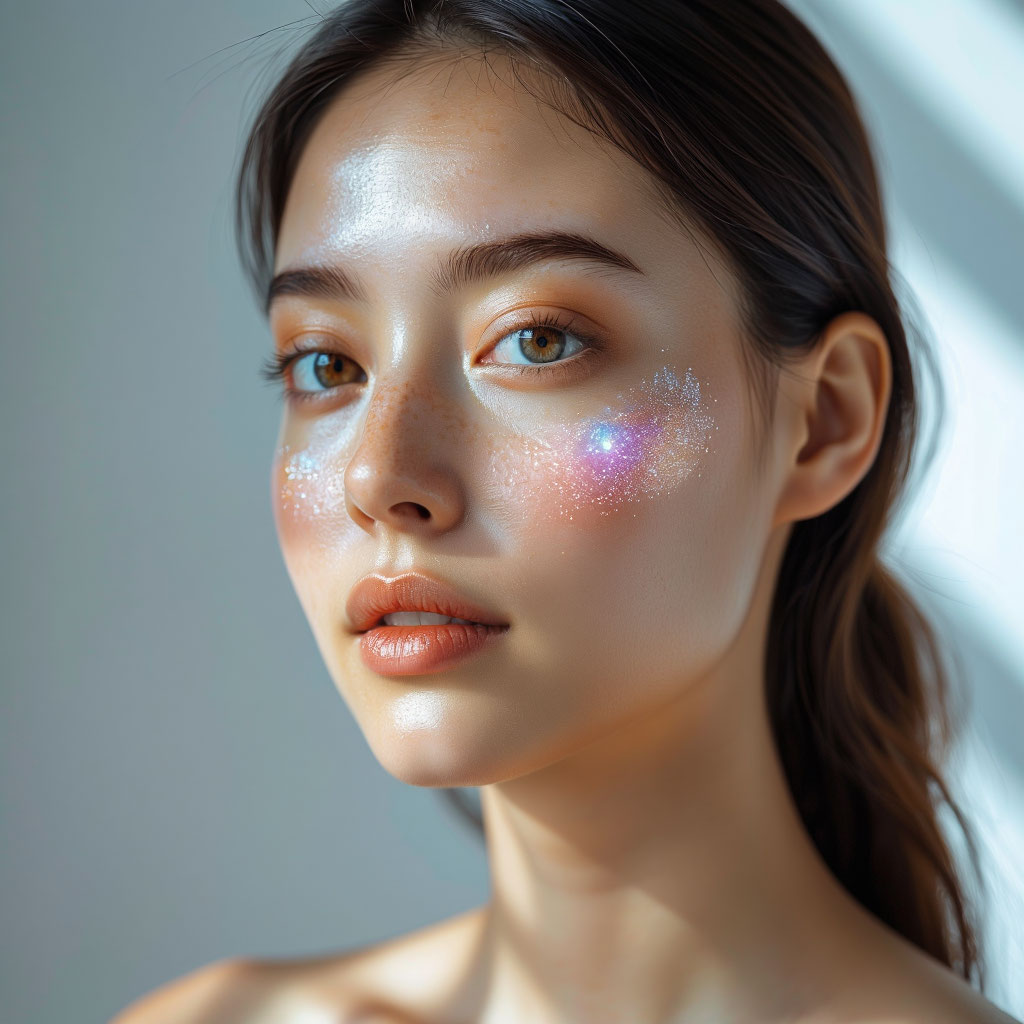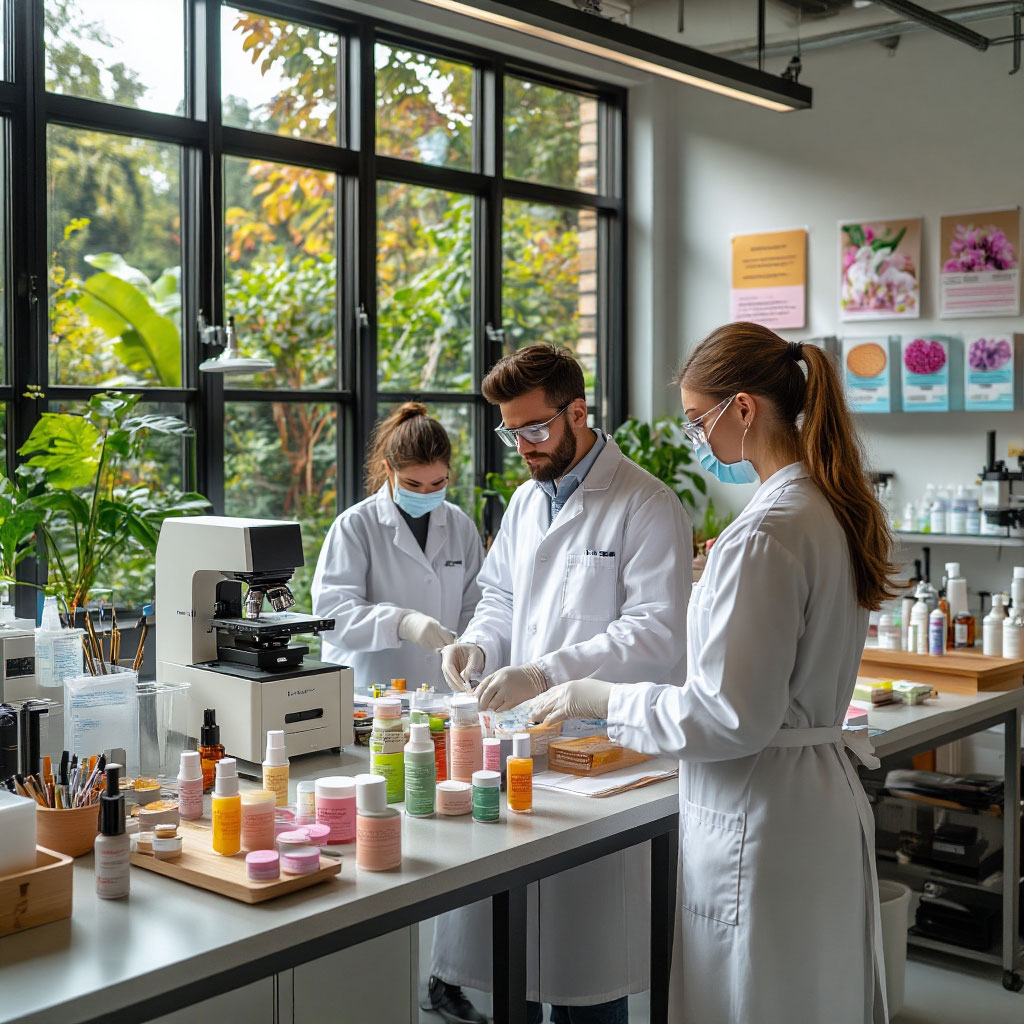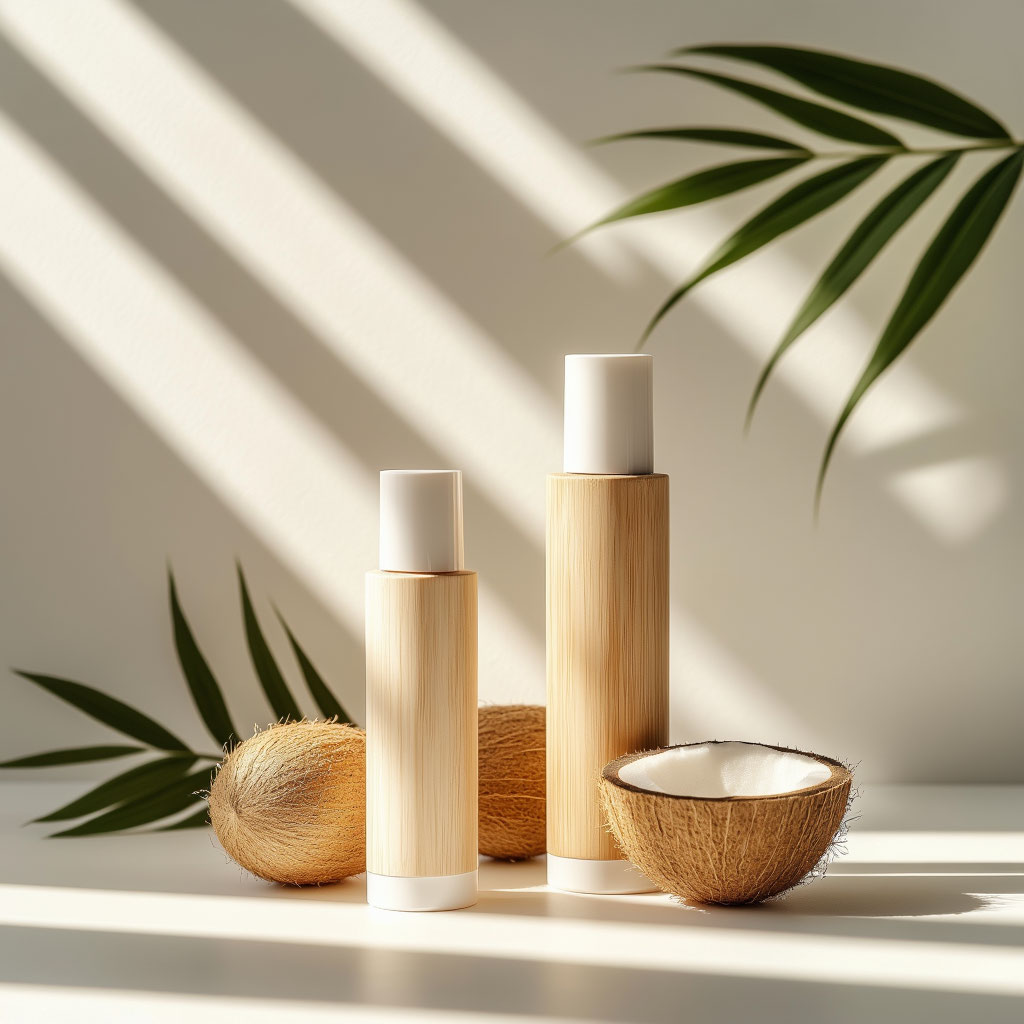
Investing in skincare and beauty products has evolved from a niche opportunity to a mainstream investment strategy with significant growth potential. The global beauty industry, valued at over $500 billion, continues to expand, driven by rising consumer demand for innovative products, digital engagement, and wellness-focused solutions. For traders and investors, understanding the market dynamics, emerging trends, and profit potential is critical to making informed decisions. This article explores the investment landscape in skincare and beauty products, highlighting consumer trends, opportunities, and strategies for maximizing returns.
Why Skincare and Beauty Products Are a High-Growth Investment
The skincare and beauty sector has consistently outperformed traditional consumer markets, offering higher margins and sustained demand. For investors, the appeal lies in the combination of recurring revenue models, brand loyalty, and the continuous launch of new product lines.
Market Overview and Growth Statistics
The global skincare market alone is projected to grow at a compound annual growth rate (CAGR) of 5.5% from 2024 to 2030. Key statistics include:
| Segment | Market Value 2023 | Projected Market Value 2030 | CAGR 2024-2030 |
| Facial Skincare | $120B | $190B | 6.1% |
| Anti-Aging Products | $85B | $130B | 5.8% |
| Haircare | $100B | $140B | 5.2% |
| Beauty Tech & Devices | $15B | $40B | 12% |
This growth reflects increasing consumer focus on appearance, wellness, and technologically enhanced beauty solutions.
Key Drivers of Consumer Demand
- Rising Disposable Income – Growing middle classes in emerging markets are fueling demand for premium skincare.
- Social Media Influence – Platforms like Instagram and TikTok amplify trends and drive rapid adoption of new products.
- Health and Wellness Focus – Consumers increasingly view skincare as part of overall wellness, creating opportunities for integrative products.
- Technological Integration – AI-powered diagnostics, virtual try-ons, and personalized regimens are attracting tech-savvy consumers.
Emerging Markets and Demographics
Investors should pay attention to demographic shifts and emerging regions:
- Asia-Pacific: China, South Korea, and India dominate demand growth, particularly for anti-aging and luxury skincare.
- Millennials and Gen Z: These cohorts prioritize sustainability, ethical sourcing, and digital engagement.
- Urban Professionals: High-income urban dwellers prefer premium and personalized beauty experiences.
Understanding Consumer Trends in Skincare and Beauty
The modern consumer is more informed, demanding, and selective. Companies that anticipate and respond to these trends often achieve higher profit margins.
Rise of Clean and Sustainable Beauty

Sustainability is no longer optional; it is a market expectation. Brands emphasizing eco-friendly practices are gaining traction.
The Shift Toward Natural Ingredients

Natural and plant-based ingredients appeal to health-conscious consumers seeking transparency and safety. Products free from parabens, sulfates, and synthetic fragrances are increasingly preferred.
Eco-Friendly Packaging and Its Influence

Sustainable packaging, including biodegradable containers and refillable products, not only reduces environmental impact but also strengthens brand loyalty.
Personalized and Tech-Enabled Skincare
Technology is transforming consumer experiences, making skincare more precise and interactive.
AI-Driven Beauty Solutions
Artificial intelligence enables tailored skincare recommendations based on skin type, lifestyle, and environmental factors, increasing product efficacy and customer satisfaction.
Virtual Try-Ons and Digital Engagement
Augmented reality (AR) and virtual try-ons allow consumers to visualize products before purchasing, reducing return rates and enhancing engagement. Many investors now consider digital capabilities a key factor when assessing brand potential.
Wellness and Self-Care Integration
Skincare products are increasingly marketed as part of a holistic self-care routine. This includes functional formulations that combine beauty with mental wellness, anti-stress properties, and mood-enhancing benefits.
Investment Opportunities in the Beauty Industry
Investors have multiple entry points in this dynamic market.
Premium Skincare Brands
High-end brands continue to deliver strong returns due to brand equity, loyal customers, and pricing power. They often serve as a stable core in an investment portfolio.
Indie and Niche Beauty Startups
Small, innovative brands can offer outsized growth, particularly those targeting underserved segments or pioneering new product categories.
Beauty Tech and Digital Platforms
The integration of devices, apps, and digital consultations provides recurring revenue and strengthens consumer engagement. Investment in this sector mirrors aspects of the medtech commercialization process, where early adoption and product validation are critical.
Subscription Boxes and Direct-to-Consumer Models
DTC and subscription models provide predictable revenue streams, direct customer data, and higher profit margins compared to traditional retail distribution.
Factors That Determine Profit Potential
Profitability depends on multiple interrelated factors, which investors should assess carefully.
Product Innovation and Differentiation
Innovation drives market share and brand perception.
Ingredients and Formulation Excellence
Unique formulations that deliver visible results often command premium pricing. Patented or exclusive ingredients further enhance brand defensibility.
Branding and Storytelling
Effective branding creates emotional connections, encouraging repeat purchases and customer loyalty. Storytelling around sustainability, wellness, or cultural heritage can differentiate a brand.
Distribution Channels and E-Commerce Strategies
A strong omnichannel presence, including online marketplaces, DTC platforms, and select retail partnerships, ensures broad market access and scalability.
Regulatory Compliance and Safety Standards
Compliance with local and international regulations is crucial for both profitability and reputation. Brands adhering to high safety standards mitigate legal risks and foster consumer trust.
How Top Investors Capitalize on Skincare Trends
Successful investors combine market insight, strategic foresight, and operational expertise.
Identifying High-Potential Brands Early
Early-stage investment in innovative brands often provides the highest ROI. Investors look for unique value propositions, scalable production, and loyal early adopters.
Leveraging Market Data and Consumer Insights
Data-driven decisions—using sales analytics, social media trends, and consumer sentiment—enable smarter investment allocation.
Strategic Partnerships and Collaborations
Collaborations with influencers, aesthetic clinics, and retail partners enhance visibility and credibility. Investors often encourage portfolio brands to pursue such partnerships to accelerate growth.
Exit Strategies and ROI Optimization
Top investors plan for exits via mergers, acquisitions, or public offerings. Portfolio diversification ensures balanced risk while maximizing returns.
Beating the Odds in Beauty Product Investment
The competitive landscape requires careful risk management.
Mitigating Risk Through Diversification
A balanced portfolio across premium brands, indie startups, and beauty tech reduces exposure to market volatility.
Building a Resilient Brand Portfolio
Investing in brands with strong intellectual property, loyal customer bases, and scalable operations ensures long-term stability.
Navigating Market Saturation and Competition
Differentiation is critical. Investors prioritize products with unique formulations, patented technology, or compelling sustainability narratives to stand out.
Frequently Asked Questions
What are the most profitable segments in skincare?
- Premium anti-aging products
- Clean and sustainable skincare
- Personalized and tech-enabled solutions
- DTC subscription models
How do consumer trends influence ROI?
Consumer preferences for sustainability, personalization, and wellness can dramatically affect brand adoption and revenue growth. Brands that fail to align with trends often underperform.
What risks should investors be aware of?
- Market saturation and intense competition
- Regulatory compliance and ingredient restrictions
- Supply chain disruptions and raw material costs
- Rapidly shifting consumer trends

Investing in skincare and beauty products offers significant potential for traders and financial market participants. By understanding emerging consumer trends, leveraging technology, and carefully evaluating brands, investors can identify high-growth opportunities and build profitable portfolios. For those seeking direct consumer engagement and partnership opportunities, visiting an aesthetic clinic near me can provide valuable insights into product efficacy, customer preferences, and emerging trends.
